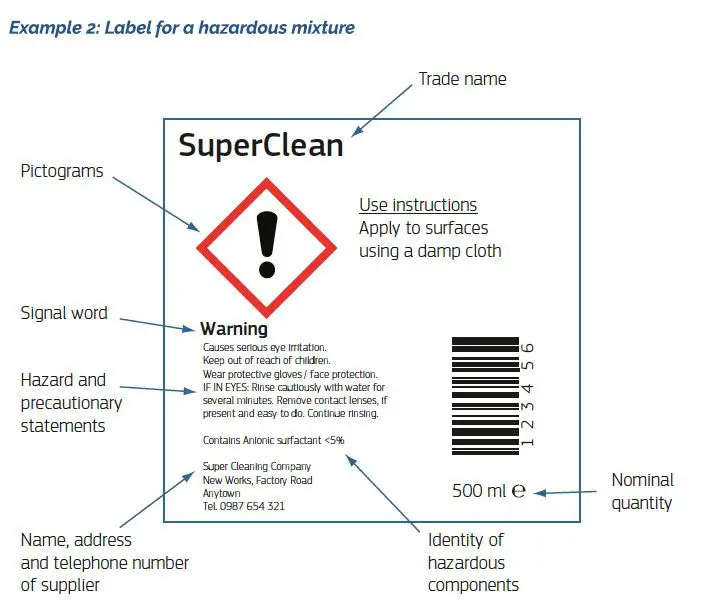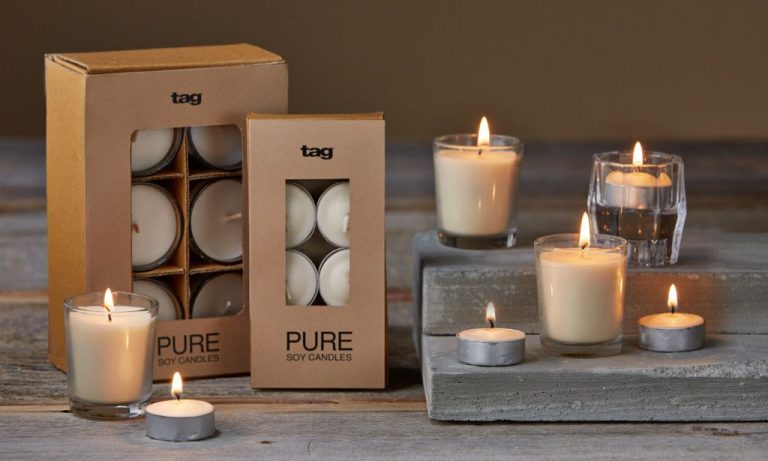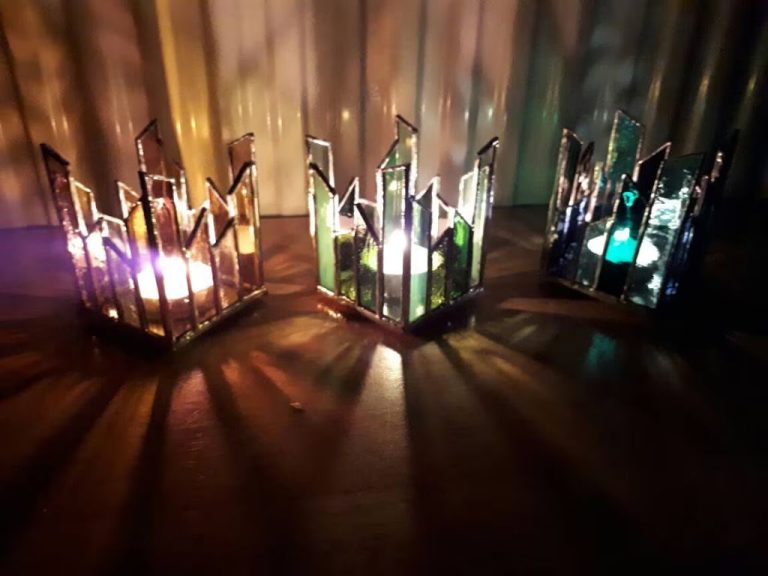What Material Is Used For Tea Light Holders?
Tea light holders, also known as tealight holders or candle holders, are decorative containers used to hold tealight candles or tea lights. Tea lights are small, round wax candles that are commonly used to create ambient lighting and warmth. Tea light holders allow these small candles to be displayed in creative and decorative ways.
Tea light holders come in a wide variety of shapes, sizes and materials. They can be made out of glass, ceramic, metal, wood, stone, plastic, wax and many other creative materials. The material used has an effect on the look, feel and functionality of the tea light holder.
Popular materials like glass, ceramic and metal are prized for their ability to diffuse and reflect candlelight in an attractive manner. Materials like wood, stone and wax allow for more rustic, earthy designs. Creative tea light holders may incorporate things like seashells, bells, or other found objects. The material possibilities are endless!
Glass
Glass is one of the most commonly used materials for tea light candle holders due to its attractive look and ability to transmit light.1 The transparent or colored glass allows the candle’s flame to be visible, creating a warm, glowing effect. Glass holders can be found with clear, frosted, etched, or colored glass in a multitude of shapes and designs.
Glass has relatively high heat resistance, so it can withstand the heat of a burning tea light. However, glass can get hot to the touch, so care should be taken when handling a burning candle. Glass is also rather fragile and susceptible to breaking if dropped or knocked over.
Many mass-produced glass tea light holders are inexpensive, made from recycled glass, but high-end handblown glass holders can be quite pricey. The range of prices for glass holders varies widely based on factors like design, origin, and materials.
Ceramic
Ceramic is a popular material for tea light candle holders. It is made from clay and other natural materials that are shaped and then fired at high temperatures [1]. Ceramic holders have some advantages and disadvantages:
- Heat Resistance – Ceramic has excellent heat resistance and can withstand the heat of a burning tea light candle. It will not melt or burn.
- Opaque – Ceramic tea light holders are opaque rather than clear. This can create interesting lighting effects by diffusing the candle light.
- Fragile – Ceramic is more brittle than other materials like metal or plastic. It can chip, crack or break if dropped.
- Weight – Ceramic holders tend to be heavier than plastic options due to the dense clay material.
- Cost – Simple ceramic tea light holders are inexpensive, but more ornate or detailed holders can be pricier.
Ceramic is an ideal choice for tea light holders that are attractive and functional. The natural clay material brings an organic, earthy feel that works well in many home decor styles.
[1] https://www.etsy.com/market/ceramic_tea_light
Metal
Metal is a commonly used material for tea light holders due to its excellent heat conduction properties, durability, opacity, and weight (1). The high thermal conductivity of metals like aluminum, copper, and steel allows the metal holder to absorb heat from the candle flame and distribute it evenly across the surface. This helps protect nearby surfaces from scorching.
Metal tea light holders are very durable, maintaining their shape and structure through years of use. Their rigid nature also blocks light from the candle, creating a beautiful glowing effect as the metal appears opaque. Metals are also relatively heavy, providing stability to the candle holder. However, some metals like iron can rust over time if not properly treated or finished. Stainless steel offers excellent rust resistance.
The cost of metal tea light holders varies greatly depending on the type of metal used. Simple steel or aluminum holders are quite affordable, while more exotic metals like brass or copper command higher prices. Overall metal is an excellent choice for tea light holders due to its functional properties, durability, and classic styling.
Wood
Wood is a popular natural material for making tea light holders. It has some advantages for use with candles:

- As a natural material, wood has good heat resistance. It does not easily melt from the heat of a tea light.
- Wood is opaque, unlike glass or plastic. This helps conceal the metal tea light cup inside.
- Wood has relatively low flammability. Hard woods like oak or maple will not easily catch fire from a small tea light.
Some potential downsides are that wood can be prone to scorching or charring over time from the candle flame. Soft woods like pine are more flammable. Wood also requires occasional polishing or refinishing as it ages. But overall, the natural look and fire-resistant properties make wood a classic choice for tea light holders.
Sources:
https://rainforestbowls.com/collections/tealight-holders
Stone
Natural stone such as granite, marble, slate, and sandstone make excellent tea light holders due to their heat resistance, weight, and opacity. The raw, earthy texture and natural colors of stone materials complement tea lights nicely.
Stone holders allow the candlelight to reflect off the surface in a subdued, diffuse manner. The density of natural stone prevents the material from getting too hot and absorbs excess heat from the flame. Stone is an ideal choice for tea lights since it is not flammable and can withstand high temperatures.
Solid stone tea light holders tend to be heavier than glass, ceramic, or metal. Weight ranges from 0.5 lbs for a small slate holder up to 5 lbs or more for a large granite piece. Stone holders come in various shapes, finishes, and colors like grey, brown, black, white, and multicolored granite.
Natural unfinished stone pieces provide an organic, earthy feel but can be pricey. Mass-produced concrete composite materials offer durability at lower costs. For a touch of elegance, marble composite delivers a polished, veined stone appearance.
Plastic
Plastic is a very common material used for tea light holders due to its durability, low cost, and heat resistance. Plastic holders come in a variety of shapes, sizes, and colors. Key advantages of plastic tea light holders include:
- Low Cost – Plastic is an inexpensive material, making plastic holders very affordable. A pack of 100 plastic tea light cups can be purchased for under $10 (1).
- Durability – Plastic is extremely durable and resistant to cracks and breaks. Plastic holders can withstand frequent use and repeated washings.
- Heat Resistance – Plastic has a high heat tolerance and does not melt when tea lights are lit inside. This makes it ideal for holding burning tea lights (2).
- Opacity – Unlike glass and metal, plastic is opaque rather than see-through. This allows plastic holders to conceal the candle inside.
While plastic is not as elegant looking as some materials, its functionality and low cost make it one of the most widely available and purchased options for tea light holders.
Wax
Wax is a popular material for tea light holders due to its reusability and ability to become transparent when warm [Source 1]. Tea light holders made from wax can be reused by simply scraping or peeling off any wax remnants from the previous candle once it has cooled and solidified. The fragility of cooled wax means tea light holders made from this material can crack or break if dropped, so they require gentle handling.
One of the unique properties of wax is that it becomes transparent when heated by a tealight candle flame. This allows colorful or decorative designs underneath the wax exterior to become visible when the candle is lit. Watching the wax transition between opaque and transparent as the candle burns can create an interesting visual effect. However, wax can lose its transparency over time and after repeated heating cycles. Properly caring for wax tea light holders by avoiding direct flames and minimizing smoke exposure helps preserve the translucent quality.
Unusual Materials
Tea light holders can be made from a variety of unexpected and unusual materials like eggshells, pinecones, seashells, and more. These types of holders add visual interest and allow crafters to repurpose found objects from nature into decorative pieces.
Eggshells make a particularly interesting tea light holder material. After emptying raw eggs, the shells can be thoroughly cleaned and left to dry. Small holes can then be poked into the top and bottom to insert a tea light. The thin, porous structure of the shells allows light to pass through for a warm, natural glow. Tea light eggshell holders are easy to make and biodegradable.
Pinecones also make rustic and organic looking tea light holders. Large pinecones can be collected, or purchased from craft stores. Small holes can be drilled or poked into the sides of the pinecone to hold tea lights. Pinecones give a woodsy, natural aesthetic. They work well for seasonal displays.
Seashells of all shapes and sizes can become beautiful tea light vessels. Small seashells like scallops, clams, or oysters work well for single tea lights. Large snail shells or conches can hold multiple lights. Seashells bring luminous beachy vibes and work great in coastal, nautical, or tropical decor.
Other unusual tea light holder ideas include hollowed out fruit like oranges or apples, carved vegetables like mini pumpkins, metallic wire baskets, bamboo, upcycled tin cans with slits, and more. Let creativity be your guide when sourcing unusual materials from the kitchen, garden, beach, or thrift store for DIY tea light holders.
For more inspiration, check out the unique selection of unusual tea light holders on Etsy (https://www.etsy.com/market/unusual_tea_light_holders).
How to Choose a Tea Light Holder
When selecting a tea light holder, consider the pros and cons of different materials:
Glass: Glass holders allow the candlelight to shine through beautifully and come in a variety of colors and designs. However, they can break easily if dropped. Glass works well for formal dining tables or minimalist centerpieces. (Source)
Ceramic: Ceramic holders are attractive and durable. Glazed ceramics come in glossy colors while unglazed terracotta provides an earthy feel. The drawback is ceramics can get hot from the candle flame. Rustic ceramics work for casual living rooms or patio tables. (Source)
Metal: Sleek metal like iron, tin, or stainless steel has a modern aesthetic. Metal conducts heat well so remains cool to the touch. However, metal can develop rust over time with exposure to elements. Metal holders pair nicely with contemporary furnishings.
Wood: Wood gives a natural, cozy look. Carved wood designs provide visual interest. However, wood is flammable so tea light holders should have a protective glass surrounding the flame. Rustic wood holders complement farmhouse or cabin décor.
Consider where and how you will use the holder. Formal occasions call for elegant glass holders. Everyday use needs durable ceramic or metal holders. Opt for wood or terracotta in casual settings. Select a style that fits your existing décor for a cohesive look. Tea light holders make great gifts too when matched to the recipient’s taste.



